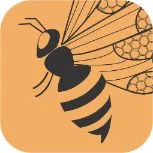Comprehensive Detailed Guide about Greenland Honey
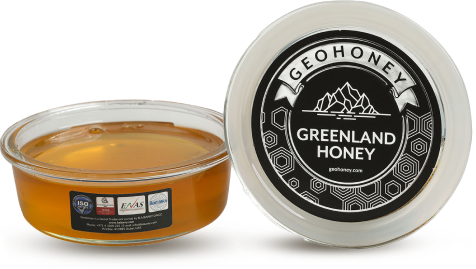
What is Greenland Honey?
Greenland honey is a distinguished fragrance honey created by honeybees by sucking nectar from Greenlandic wildflowers. The wildflowers from which this type of honey is created are dwarf birch, Pedicularis, amaranthus, Pyrola, and many different plants, making it one of the richest honey in terms of its taste and purity. People switch to this type of honey when they are searching for something new to suit their taste buds but also can’t go for unhealthy substitutes.
Honey is a golden, thick liquid, sweet produced by bees. Greenland Honey is something you should go for if you are looking for a different type of honey with a distinctive taste and a love for Greenland
About Greenlandic Wildflowers
A spectacular blooming plant in the Orobanchaceae family by the common names elephant's head, elephant head lousewort, and butterfly tongue is Pedicularis groenlandica. Retz. This upright plant has an 80-centimeter maximum height (31 in).
Amaranthus is a wonderful plant with lush red 'dreadlocks' that sway in the wind or add color to flower arrangements. Commonly known as the love that bleeds and blooms all summer long. Amaranthus is a diverse species with plants whose leaves and inflorescences vary from red to dark purple. Additionally, its edible seeds and leaves are harvested for food all over the world.
Pyrrola is a genus of evergreen herbaceous plants in the Ericaceae family. Under the old Cronquist system, it was placed in its own family, Pyrolaceae, but genetic studies have shown it to belong to the Ericaceae family. This species is commonly known as wintergreen. This name is shared with several other related and unrelated plants. They are very small plants with simple round or ovate rosettes of leaves and the peduncle generally bearing a rather loose raceme of single white, cream, or pink flowers. The immediate distinguishing feature of the Pyrrola species is the pistil, often curved, projecting beyond the petals, spreading below the stigma, and branching into several leaves. To the casual observer, the flowers appear to have small chimes protruding from them. Dwarf birch is a low deciduous, sprawling shrub. It is native to the tundra, hardy in zones 2 to 7, and attractive all year round. Commonly, this plant is called Betula nana, but other hybrids (below) are also commonly called dwarf birch. It belongs to the birch family and is related to more than 150 species of trees and shrubs. This family includes all species of ornamental plants such as birch and other timber and nuts of the northern hemisphere.
All willows have abundant watery bark sap that is very rich in salicylic acid, soft, usually supple and tough wood, thin branches, and large, fibrous, often runner-forming roots., due to their toughness, size and viability, roots easily sprout from the above-ground part of the plant. Except for willow, willows are dioecious, with male and female flowers appearing like catkins on separate plants. Catkins are produced in early spring, often before leaves emerge.
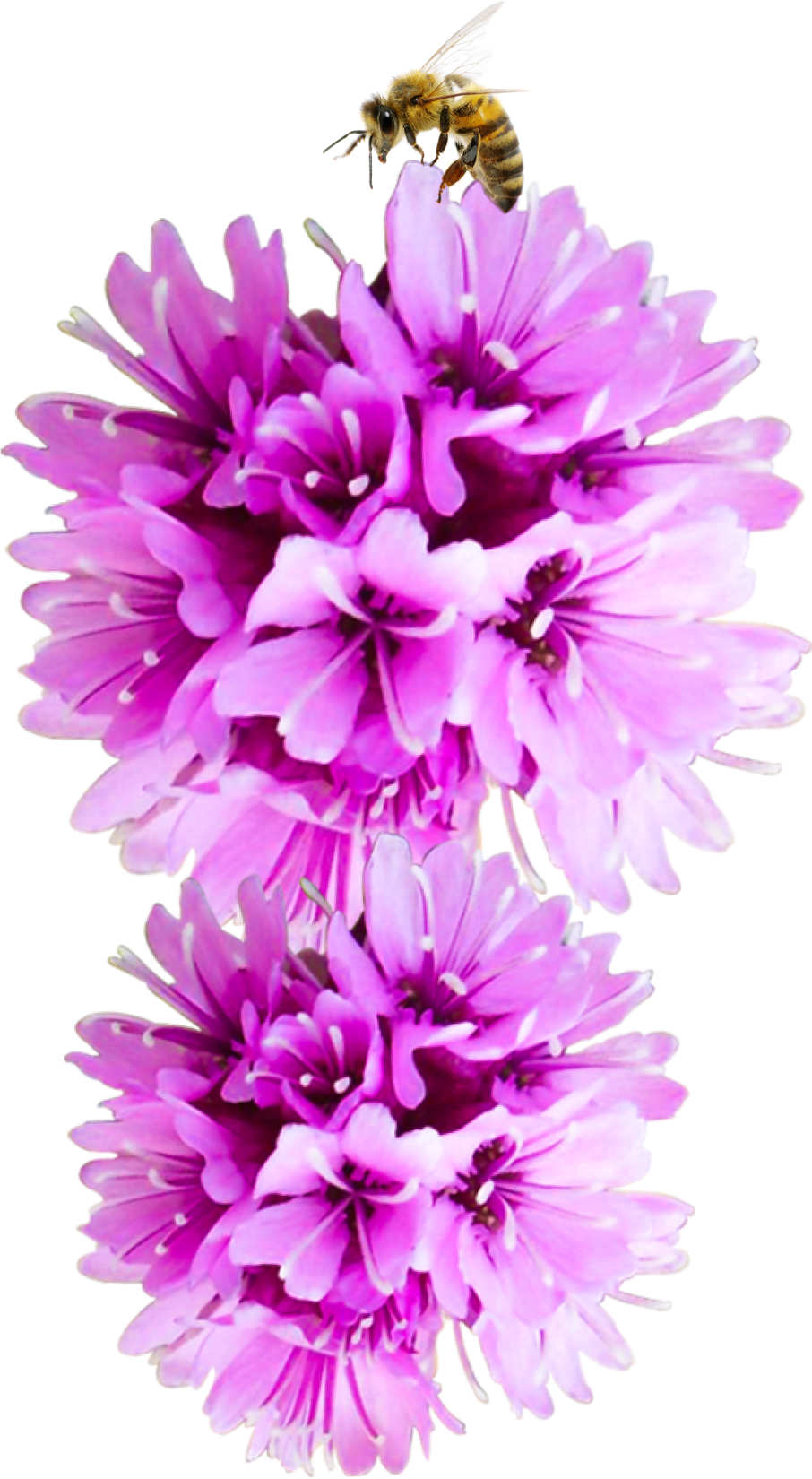
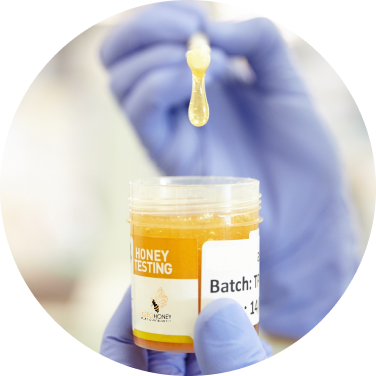
Chemical Composition of Greenland Honey
Natural honey contains about 200 substances such as amino acids, vitamins, minerals, and enzymes. The main carbohydrate components in honey are fructose (32.56-38.2%) and glucose (28.54-31.3%), accounting for 85-95% of total sugars that are readily absorbed in the gastrointestinal tract. Moreover, other sugars includes sucrose, maltose, isomaltose, etc.
It also contains some oligosaccharides. Mineral concentrations range from 0.1% to 1.0%. Potassium is the most important metal, followed by calcium, magnesium, sodium, sulfur, and phosphorus.
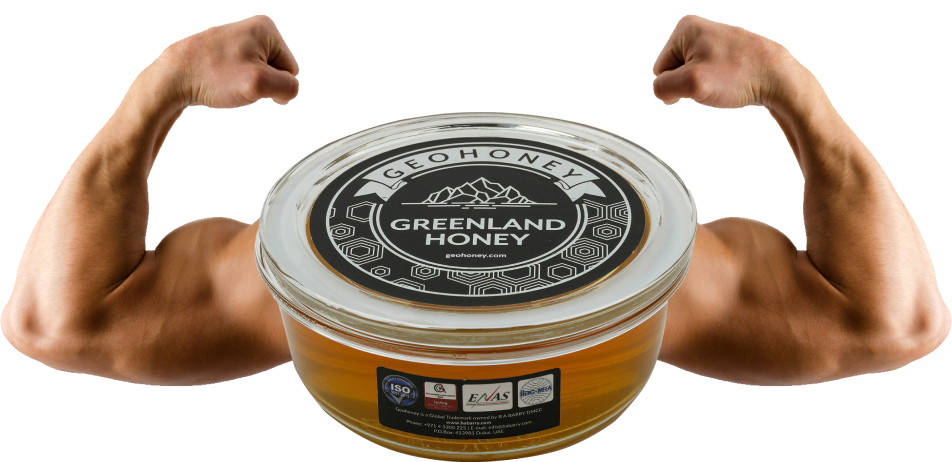
Benefits of Using Greenland Honey
-
It boosts your energy
Greenland honey has a unique carbohydrate composition of natural sugars and trace amounts of antioxidants, enzymes, minerals, vitamins, and amino acids, making it a smart, natural high-energy afternoon snack. Sports nutritionists have recommended athletes include pure honey in their pre-workout meals and snacks for this very reason.
Trainers also advise reducing water consumption during exercise. Although, you should drink a few sips of water regularly to prevent dehydration and fatigue. Drinking a mixture of Greenland honey and water will give you the same benefits as well as additional ones such as:
Increases energy, ensures good muscle recovery, and reduces oxidative stress in the body during exercise.
-
Keeps blood sugar quite constant
The pancreas secretes insulin, a hormone that keeps blood sugar levels at safe levels. In people suffering from diabetes, the body cannot utilize insulin properly or even produce it in sufficient amounts. It remains unclear how this honey affects diabetics. Some studies suggest that it may be moderately beneficial for people with type 2 diabetes. It was found to raise blood sugar and insulin levels within 30 minutes. Equivalent solutions containing glucose increased blood glucose levels earlier. Moreover, in comparison to the dextrose group, the levels in the honey group dropped within 2 hours and stayed lower.
-
HELPS you have a sound sleep
Your brain has easy access to fuel all night long thanks to Greenland Honey. It specifically refills the glycogen present in the liver. Your brain receives a signal to eat when your glycogen levels are low. When you go to bed without eating for several hours, you may experience "hunger," which may lead you to wake up in the middle of the night and have a less restful sleep.
Melatonin, a hormone that the body uses to repair itself during sleep, is secreted by the brain with the help of honey. This is the result of several changes in the brain: The sugar in honey increases insulin levels and releases tryptophan. Tryptophan is converted into serotonin and becomes melatonin. So, in this way you can have a sound sleep by consuming a spoonful of Greenland honey with warm water.
-
Aids in improving digestion and immunity
Greenland Honey contains certain enzymes that act as catalysts in the digestive process, specifically breaking down carbohydrates and sugars. The digestive system contains some good bacteria, collectively known as the intestinal flora, that contribute to a healthy digestive system. It also contains a compound called methylglyoxal, which gives honey its antibacterial properties.
This helps heal bacterial infections in the stomach. The main bacterium that causes indigestion is Helicobacter pylori. Studies have shown that honey controls the growth of these bacteria in the stomach. In addition, it helps boost the immune system, which helps prevent future stomach ailments.
-
A good source of antioxidants
Greenland honey contains many phytochemicals that act as antioxidants. This honey contains as many antioxidants as fruits and vegetables. Oxidants help protect the body from cell damage caused by free radicals.
Free radicals contribute to the aging process and may also contribute to the development of chronic diseases such as cancer and heart disease. Studies have shown that antioxidants found in raw honey, called polyphenols, have anti-inflammatory effects that are beneficial in protecting against many diseases associated with oxidative stress.
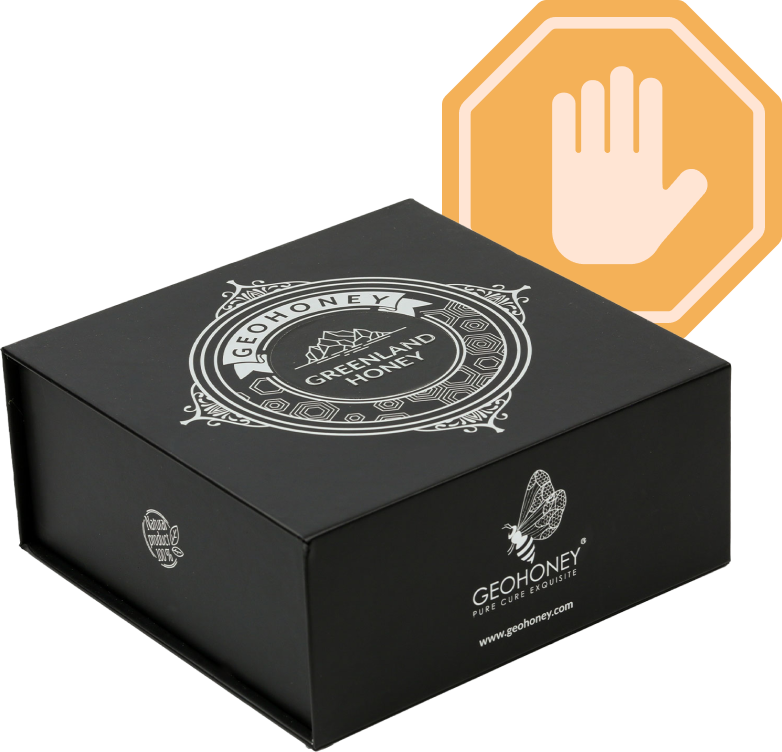
Precautionary Measures before using Greenland Honey
To acquire maximum benefits from Black Bitter Honey, proper instructions must be followed. Here are some of them:
-
Don’t give it to children of less than 1 year age
Greenland honey or any other honey is safe when taken orally by children at least 1-year-old. Honey may not be safe for oral consumption by children under 12 months of age. Do not use honey on infants under 12 months. Botulism is dangerous at this age. However, this does not pose a danger to older children or adults. -
People with diabetes should take it in moderation
Greenland honey or any other honey is safe when taken orally by children at least 1-year-old. Honey may not be safe for oral consumption by children under 12 months of age. Do not use honey on infants under 12 months. Botulism is dangerous at this age. However, this does not pose a danger to older children or adults.
Takeaway
Greenland honey is the type of honey which will only provide you with the authentic taste if bought from a trusted source. Moreover, there are chances of the honey you buy to be contaminated with adulterants. So, if you are someone looking for honey for its health benefits, purity, and rich taste then Geohoney’s Greenland Honey could be the best option for you.
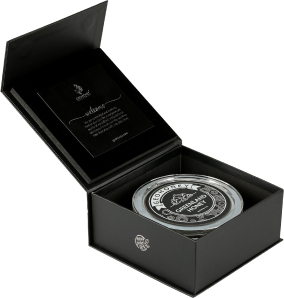
BUY OUR GREENLAND HONEY
What’s the buzz, Join the hive !
SIGN UP TO OUR NEWSLETTER
Be the first to know about our hot deals, new arrivals.


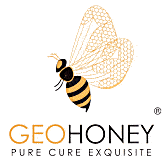



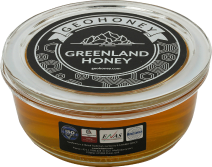


 Pay By Cards
Pay By Cards
 PayPal
PayPal
 Stripe
Stripe
 Other Payment Methods
Other Payment Methods







